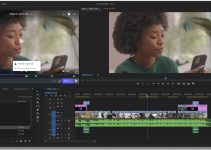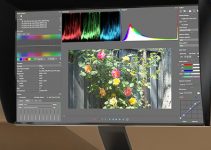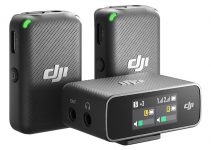Even with the release of the Alpha 1, the a7S III is still the king of low light. Right? If conventional wisdom holds, the smaller pixels on the Alpha 1’s 50MP sensor will naturally be less sensitive than the a7S III in dim lighting.
When we get brand-new tech this wisdom doesn’t always hold, and with a generational leap in the Alpha 1’s underlying imaging capabilities the rules get a little muddy. That makes a comparison between the two is worth checking out.
Put together by Sony Artisan and famed time-lapse photographer Drew Geraci of District 7, is such a comparison. Featuring a person outside with a color chart during the actual night, this is a great real-world test of performance.
Key comparison points are worth bringing up before we get to an analysis of the footage.
Sony Alpha 1 Specs:
- 50MP “Stacked” BSI CMOS sensor
- Max Video ISO: 32,000
- Max Resolution/Frame Rates: 8K 30p, 4K 120p, Full HD 240p
Sony a7S III Specs:
- 12MP BSI CMOS sensor
- Max Video ISO: 102,400
- Max Resolution/Frame Rates: 4K 120p, Full HD 240p
Knowing what we know about image sensors, the a7S III should handily beat the Alpha 1 in low-light video. However, there are some tricks up the Alpha 1’s sleeve. The key is in that 8K recording mode. Since downsampling the 8K footage to match the a7S III’s 4K spec can actually dramatically improve noise performance.
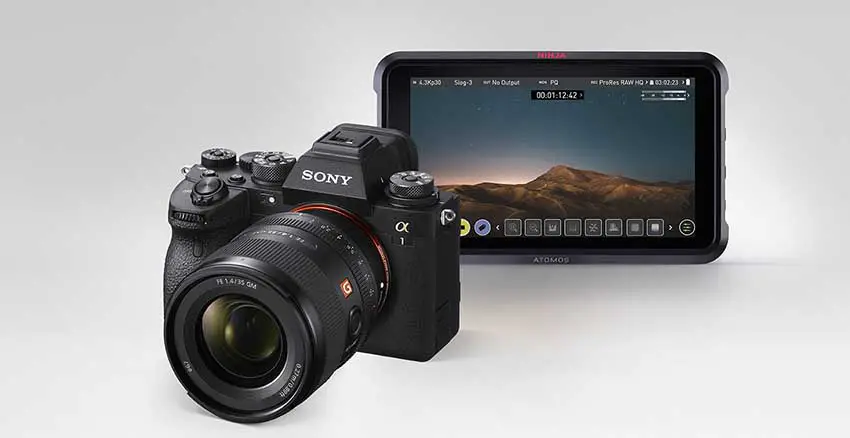
Image Credit: Atomos
Just from looking at the footage, you can tell that Sony worked some magic with the Alpha 1’s stacked sensor. It’s 50MP but still has incredible low-light performance. Geraci also recorded in the full-frame 8K mode, downsampling from the full 8.6K area. This was then downsampled to 4K. We are seeing all the light hitting the sensor, meaning in relative terms the a7S III and Alpha 1 are capturing the same amount of light.
The Alpha 1 near matches the a7S III up to ISO 32000. Though you might be able to see more noticeable noise in the Alpha 1, the smaller size makes it look good anyway. Past that – meaning you are in some super dim locations – the a7S III is the only camera able to get there. So, it obviously wins out if you plan on shooting at anything greater than ISO 32000. I wouldn’t recommend that.
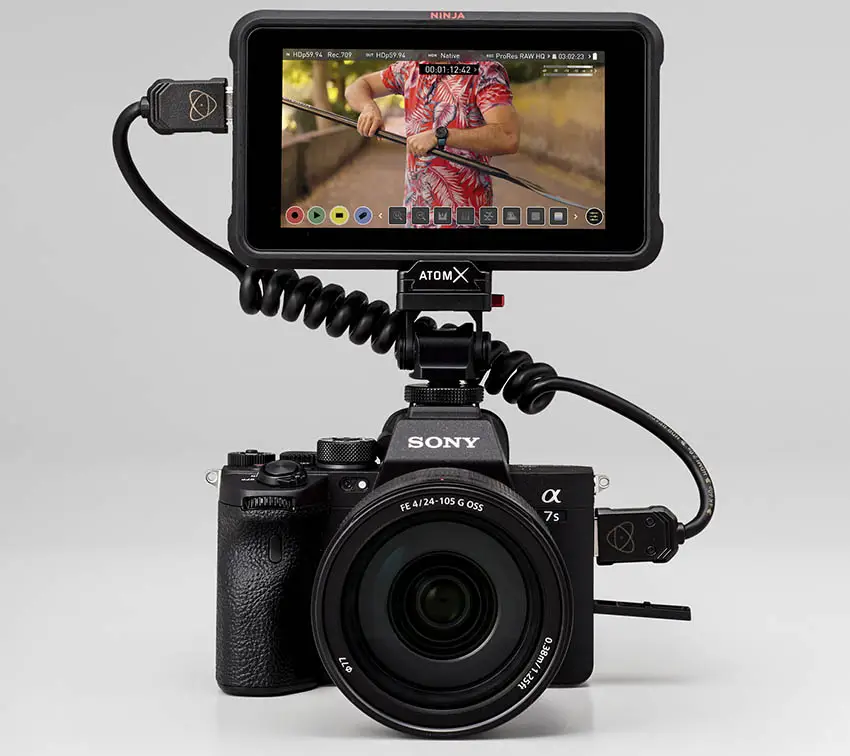
Image Credit: Atomos
Adding a bit of de-noiser works wonders on the Alpha 1 footage. No doubt there is a benefit in having all the extra detail of an 8K image and smaller noise to clean up. It looks incredible after being de-noised.
Proper exposure and a bit of de-noising and you have near a7S III level low-light performance in the Alpha 1. It continues to become more apparent that the Alpha 1 is the do-it-all camera – though it does have a price to match.
Are you in the market for an Alpha 1?
[source: District 7 – Drew Geraci]
Order Links:
Disclaimer: As an Amazon Associate partner and participant in B&H and Adorama Affiliate programmes, we earn a small comission from each purchase made through the affiliate links listed above at no additional cost to you.


